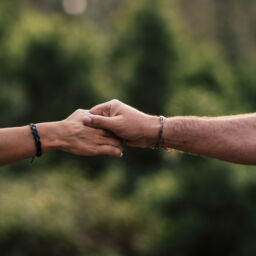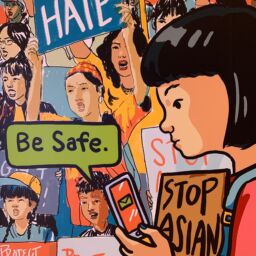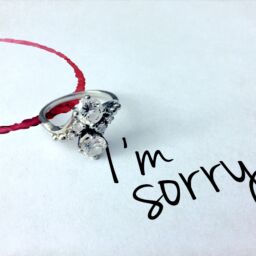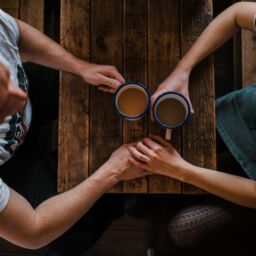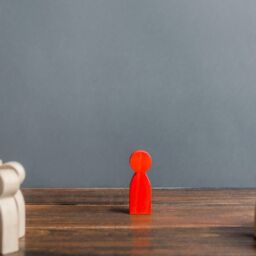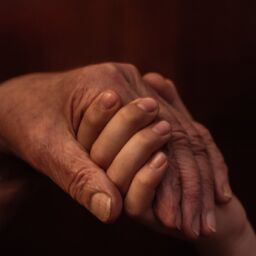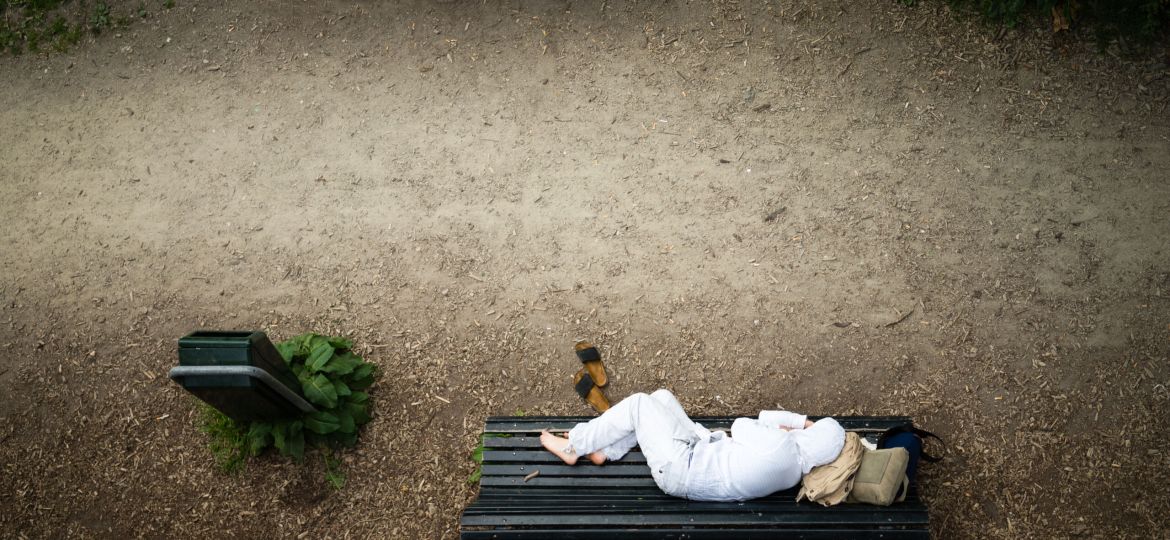
With No Door to Lock: Abuse Against the Homeless
by- Roxanne Guiney
Locking doors at night is a simple safety measure many people take for granted. However, those who face homelessness usually do not have that luxury. They are vulnerable throughout the day and night to violence, harassment, and even Isolation Abuse..
Violence
A volunteer for the Homeless Charity and Village writes, “It is not uncommon for the homeless to come to us having been robbed and/or beaten…they rarely complain about it. It’s almost like it comes with the territory” (Sage, 2018).
In the United Kingdom, almost half of homeless people have been threatened with violence (Vantol, 2020). A study also found that 86.8% of homeless men in the U.S. have been physically assaulted, and 72.2% of homeless women in the U.S. have been physically attacked (Jasinski et al., 2005; Vantol, 2020). These attacks range from robberies, unjustified police beatings, to random violence, and may result in mutilation or death (National Coalition for the Homeless [National Coalition], 2016; Sage, 2018; Wells, 2020). These events are not rarities and create the constant threat or expectation of violence against these Victims, leading to Physical Abuse on a societal level.
Harassment
Those without homes face verbal harassment, intimidation, and physical harassment; others may throw rocks or even urinate on them (Wells, 2020). This harassment can be a daily struggle that impacts not only their comfort but also their health and ability to sleep (National Coalition, 2016; Wells, 2020). Homeless people are harassed not only by those who are fortunate enough to have a place they can call home but by business owners and police officers, even where homelessness is not a crime (National Coalition, 2016; Wells, 2020).
Isolation
Those who are homeless experience Isolation Abuse daily, by people who most likely do not see themselves as abusers; they are asked not to enter stores and restaurants, and the people they would otherwise meet generally avoid them entirely (Griffith, 2020). Social isolation can also cause barriers to healthcare access and physical activity, leading to mental health issues such as depression and self-harm (Malden et al., 2019). Additionally, homeless women face difficulty accessing health care and legal services after being sexually assaulted due to social isolation (Goodman et al., 2006).
Most people assume that mental health issues and Substance Abuse among the homeless are the main cause of homelessness. However, these disorders may also be the result of direct or indirect isolation (Griffith, 2020). According to author/photographer, Tamsen Courtenay, when she asked the homeless about their experience, their “most common complaint was ‘feeling invisible’” (Griffith, 2020).
Along with mental health issues, isolation can affect physical health. A recent study found that social isolation and loneliness are associated with “a decrease in gait speed…with stronger effects among more disadvantaged individuals” and found loneliness was associated with difficulty in general daily activities (Shankar et al., 2017). It is not surprising, considering that older homeless adults tend to pass away decades sooner than they would have if they had a home (CWDA, 2018).
Change
Society’s treatment of the homeless is nothing short of abusive, and it has disastrous consequences for these Victims and Survivors. Many organizations, such as The Homeless Charity and Village and The National Coalition for the Homeless, are pressuring lawmakers to either end the criminalization of homelessness, distinguish these assaults as hate crimes, or even protect homeless people as a vulnerable Victim class (Leomporra & Hustings, 2018; Sage, 2020). No matter the outcome of these efforts, society’s behavior and attitude toward homeless people need to change.
If you have been or are currently in an abusive situation or know of someone that is, ARO is here to support you in your personal healing journey to complete well-being. We bring awareness and education to 13 different types of abuse including Narcissistic, Sexual, Physical, Psychological, Financial, Child, Self, Cyberbullying, Bullying, Spousal, Elderly, Isolation, and Workplace, and help others heal and find peace. Please support our efforts by going to GoARO.org to learn how you can make an impact on the Abuse Care Community.
Sources
CWDA — Our Take. (2018, February 27). Victims of elder abuse are being forced into homelessness at an alarming rate. The County Welfare Directors Association of California. https://www.cwda.org/blog-post/victims-elder-abuse-are-being-forced-homelessness-alarming-rate
Goodman, L., Fels, K., & Glenn, C. (2006). No safe place: Sexual assault in the lives of homeless women. http://www.vawnet.org/sexual-violence/summary.php?doc_id=558&find_type=web_desc_AR
Griffith, C. (2020, July 27). Isolation is nothing new for homeless people. Invisible People. https://invisiblepeople.tv/isolation-is-nothing-new-for-homeless-people/#:~:text=Yet%2C%20isolation%20is%20something%20homeless%20people%20experience%20every,is%20all%20part%20and%20parcel%20of%20being%20homeless
Jasinski, J. L., Wesely, J. K., Mustaine, E., & Wright, J. D. (2005). The experience of violence in the lives of homeless women. U.S. Department of Justice, Office of Justice Programs. http://www.ncjrs.gov/pdffiles1/nij/grants/211976.pdf
Leomporra, A., & Hustings, M., eds. (2018). Vulnerable to hate: A survey of motivated violence against people experiencing homelessness in 2016–2017. National Coalition for the Homeless. https://nationalhomeless.org/wp-content/uploads/2018/12/hate-crimes-2016-17-final_for-web.pdf
Malden, S., Jepson, R., Laird, Y., & McAteer, J. (2019). A theory based evaluation of an intervention to promote positive health behaviors and reduce social isolation in people experiencing homelessness Journal of Social Distress and the Homeless, 28(2): 158–168. doi: 10.1080/10530789.2019.1623365
National Coalition for the Homeless. (2016, July). No Safe Street: Survey of Hate Crimes and Violence Committed Against Homeless People in 2014 & 2015. https://nationalhomeless.org/wp-content/uploads/2016/07/HCR-2014-151.pdf
Sage. (2018, January 8). The torture and abuse of the homeless. The Homeless Charity and Village. https://thehomelesscharity.org/torture-abuse-homeless/
Shankar, A., McMunn, A., Demakakos, P., Hamer, M., & Steptoe, A. (2017). Social isolation and loneliness: Prospective associations with functional status in older adults. Health Psychology, 36(2): 179–187. doi: 10.1037/hea0000437
Vantol, V. (2020, September 16) Why is violence against homeless people on the rise? Invisible People. https://invisiblepeople.tv/why-is-violence-against-homeless-people-on-the-rise/
Wells, M. (2020, April 20). Rates of violence against the homeless are worse than you think. Gov1. https://www.gov1.com/public-safety/articles/rates-of-violence-against-the-homeless-are-worse-than-you-think-PZ7QgDNA4F2MXDwf/


